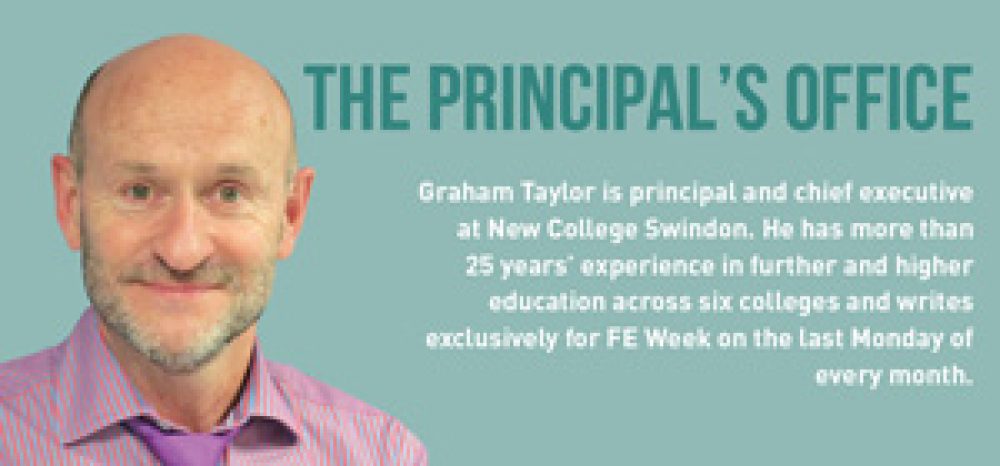Graham Taylor explains why he is not a fan of government plans for new technical professional education (TPE) routes.
George Osborne recently joked (he apparently has a sense of humour) that he’s on a 5:2 diet because “in two out of five budgets I eat my words”.
Well, number one of these for education should, in my opinion, be ditching the planned new apprenticeship system. We can meet the three million target without changing everything.
Number two should be dropping the introduction of these new TPE routes. I can’t see what problem they are trying to solve.
FE Week reported on May 6 that the government plans to create 15 new ‘professional and technical’ routes with apprenticeships or substantial work experience.
The idea, it appears, is to bring an end to mixed provision and make 16-year-olds choose between academic courses leading to university or a new TPE route into work.
We’ve been here before. Remember Ed Balls’ 14-19 diplomas? That was 14 distinct vocational tracks offered to 14-and 16-year-olds.
Few took them up. They were too complex, had poor outcomes, and were dropped by the coalition government.
The tried-and-tested vocational qualifications won through.
And as for Labour’s plan to make education compulsory up to 18 years old — NEETS as criminals anyone?
Is this the end of mixed provision, making 16-year-olds choose between academic courses leading to university, or new technical professional education routes into work?
The academic route will continue to be primus inter pares in a two-tier system.
This is more to do with standards and methods of assessment rather than content.
The academic/vocational divide is an artificial construct. Let’s champion choice.
A two-tier system could perpetuate the myth that vocational means second-class qualifications for ‘problem’ learners.
Skills minister Nick Boles says schools could be fined if students on “inappropriate” A-level courses abandon them (LOL).
Publishing success rates and a return to payment by results, which the coalition scrapped, would sort this out.
The white paper could strip away many popular post-16 qualifications to make way for the 15 new routes.
Is this the end of mixed provision
The number of eligible qualifications can be cut by dropping dormant ones and rethinking the work-based market.
There are hundreds of apprenticeship frameworks and over 200 new apprenticeship standards, with many more to come in a Wild-West-style unregulated market. And many standards don’t even include qualifications.
Why divide into academic sheep and vocational goats when colleges like mine have developed hybrid personalised learning programmes — say three A-levels plus a vocational award, or a BTEC with one A-level to meet learner career and/or higher education intentions.
And many learners in FE who are struggling with low-level qualifications, including English and Maths, are a long way from vocational routes. More work is needed here. Heaven is some distance away.
Carving up the skills labour market into 15 parallel pathways is arbitrary and tramlines youngsters when they should be developing cross-sector skills.
The government has also said there will be substantial work experience within each TPE “pathway” within its relevant industry.
But hang on, most of our young learners haven’t decided what they want to do.
Most have part-time paid jobs.
They are picking up employability skills — punctuality, customer care, willingness to learn, team working, problem-solving — good to go in all walks of business.
Instead of getting hung up on sector-based vertical skills, let’s work on horizontal digital skills — those you need in all businesses to equip youngsters for work and career changes.
The government says the new vocational routes will be as easy to understand as current academic routes.
I suspect this is the crux of the matter. Civil servants want to simplify because they don’t understand vocational training, having taken the traditional A-level and university pathway themselves.
But think about it, the A-level system allows freedom of curriculum choice (despite the facilitating subjects), so why can’t so-called vocational learners pick and choose?
On the one hand, apprenticeships are employer-led — but on the other, there will be 15 prescribed routes.
Will these really be what employers and professional bodies (which set standards) want? The consultation will be interesting.






Your thoughts